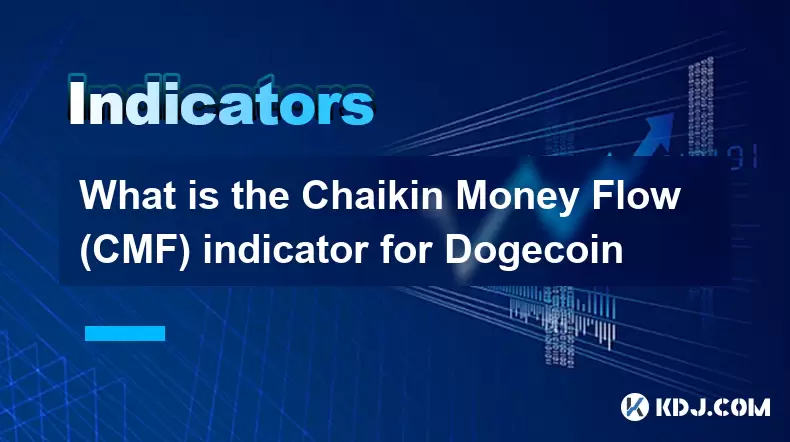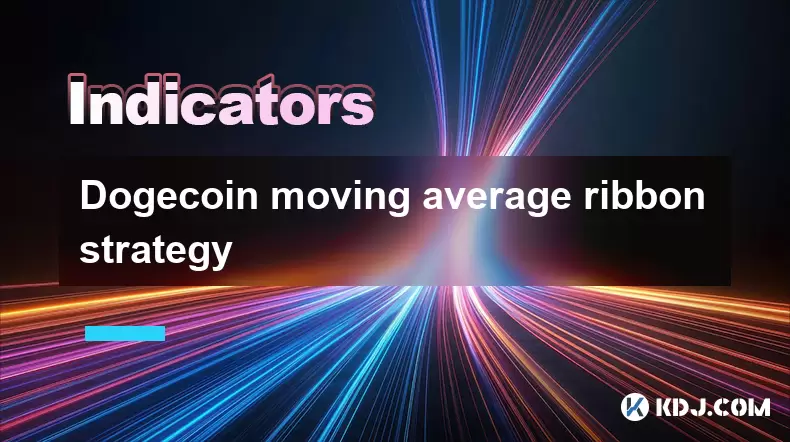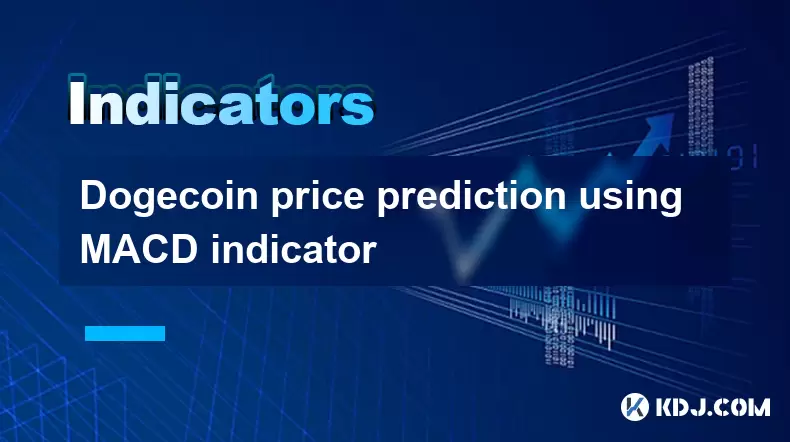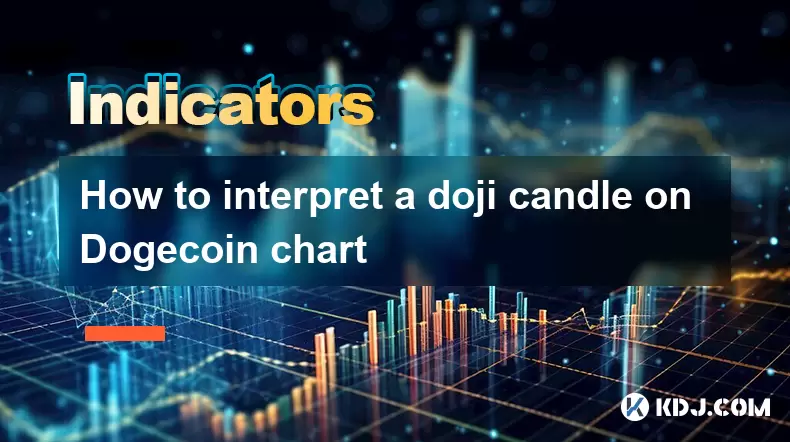-
 Bitcoin
Bitcoin $108,017.2353
-0.81% -
 Ethereum
Ethereum $2,512.4118
-1.58% -
 Tether USDt
Tether USDt $1.0002
-0.03% -
 XRP
XRP $2.2174
-1.03% -
 BNB
BNB $654.8304
-0.79% -
 Solana
Solana $147.9384
-1.76% -
 USDC
USDC $1.0000
-0.01% -
 TRON
TRON $0.2841
-0.76% -
 Dogecoin
Dogecoin $0.1636
-2.09% -
 Cardano
Cardano $0.5726
-1.72% -
 Hyperliquid
Hyperliquid $39.1934
1.09% -
 Sui
Sui $2.9091
-0.59% -
 Bitcoin Cash
Bitcoin Cash $482.1305
0.00% -
 Chainlink
Chainlink $13.1729
-1.54% -
 UNUS SED LEO
UNUS SED LEO $9.0243
-0.18% -
 Avalanche
Avalanche $17.8018
-1.90% -
 Stellar
Stellar $0.2363
-1.69% -
 Toncoin
Toncoin $2.7388
-3.03% -
 Shiba Inu
Shiba Inu $0.0...01141
-1.71% -
 Litecoin
Litecoin $86.3646
-1.98% -
 Hedera
Hedera $0.1546
-0.80% -
 Monero
Monero $311.8554
-1.96% -
 Dai
Dai $1.0000
-0.01% -
 Polkadot
Polkadot $3.3473
-2.69% -
 Ethena USDe
Ethena USDe $1.0001
-0.01% -
 Bitget Token
Bitget Token $4.3982
-1.56% -
 Uniswap
Uniswap $6.9541
-5.35% -
 Aave
Aave $271.7716
0.96% -
 Pepe
Pepe $0.0...09662
-1.44% -
 Pi
Pi $0.4609
-4.93%
What is the Chaikin Money Flow (CMF) indicator for Dogecoin
The Chaikin Money Flow (CMF) helps assess Dogecoin's buying or selling pressure by combining price and volume data, guiding traders on trend strength and potential reversals.
Jul 05, 2025 at 07:32 pm

Understanding the Chaikin Money Flow (CMF) Indicator
The Chaikin Money Flow (CMF) is a technical analysis indicator developed by Marc Chaikin to measure the accumulation and distribution of a financial asset over a specific period. It combines both price and volume data to assess whether institutional investors are actively buying or selling an asset. In the context of Dogecoin, CMF can be applied to evaluate buying and selling pressure behind this popular cryptocurrency.
CMF operates on the principle that volume precedes price movement. When the CMF value is positive, it suggests accumulation—buyers are more active. Conversely, a negative CMF indicates distribution—sellers dominate the market.
How the CMF Formula Works
To calculate the Chaikin Money Flow for Dogecoin, you need to follow these steps:
Compute the Money Flow Multiplier
This is derived using the formula:$$ \text{Money Flow Multiplier} = \frac{(Close - Low) - (High - Close)}{High - Low} $$
Here, Close, Low, and High refer to the corresponding prices for a given candlestick or time frame.Multiply by Volume to Get Money Flow Volume
The Money Flow Multiplier is then multiplied by the trading volume to determine the Money Flow Volume (MFV) for each period.Sum MFV Over a Specified Period
Typically, a 20-period setting is used. The sum of the MFV over this period is divided by the total volume over the same duration.Final CMF Calculation
The final formula becomes:
$$\text{CMF} = \frac{\sum \text{Money Flow Volume (20 periods)}}{\sum \text{Volume (20 periods)}}
$$
This calculation yields values ranging from -1 to +1, where readings above zero indicate buying pressure, while those below zero reflect selling pressure.
Applying CMF to Dogecoin Charts
When applying the CMF to Dogecoin charts, traders typically use candlestick time frames like 1-hour, 4-hour, or daily intervals depending on their strategy. For instance:
- On a 1-hour chart, the CMF will reflect short-term accumulation or distribution.
- On a daily chart, it provides insights into long-term investor behavior.
Most trading platforms such as TradingView or Binance allow users to add the CMF directly to their Dogecoin price charts. Once added, the indicator appears in a sub-window beneath the main chart. Traders observe how CMF moves relative to Dogecoin's price action to identify potential reversals or confirm trends.
A rising CMF line confirms bullish momentum, especially if it crosses above the zero line. A falling CMF line below zero signals bearish dominance.
Interpreting CMF Signals for Dogecoin
Traders often look for several key signals when analyzing the CMF for Dogecoin:
Zero Line Crosses
When the CMF crosses above zero, it suggests increasing buying pressure. A cross below zero implies growing selling pressure.Divergences Between Price and CMF
If Dogecoin’s price makes a new high but the CMF does not, it may signal weakening buying interest—a potential reversal.Trend Confirmation
Consistently positive CMF values support an uptrend, while persistently negative values affirm a downtrend.Overbought/Oversold Levels
Although not standard for CMF, some traders monitor extreme levels (e.g., above +0.5 or below -0.5) for possible trend exhaustion.
It's important to note that CMF should not be used in isolation. Combining it with other tools like moving averages, RSI, or MACD enhances its predictive power.
Using CMF for Entry and Exit Points
For practical application, consider the following scenarios when using CMF for entering or exiting Dogecoin trades:
Bullish Signal
If Dogecoin is trending upward and the CMF remains consistently above zero, it supports holding or initiating long positions.Bearish Signal
If the CMF drops below zero during a rally, it may suggest profit-taking or increased selling pressure, prompting exits or short entries.Divergence Strategy
Suppose Dogecoin reaches a new high, but CMF forms a lower high. This divergence could warn of an imminent pullback.Range-Bound Markets
In sideways markets, CMF oscillations around the zero line can help identify swing trading opportunities—buying near support when CMF turns positive and selling near resistance when CMF turns negative.
Each trader must adjust the CMF settings and strategies based on personal risk tolerance and investment goals.
Frequently Asked Questions (FAQs)
What is the best time frame to apply the CMF on Dogecoin?
The optimal time frame depends on your trading style. Day traders often use the 1-hour chart, while swing traders prefer the 4-hour or daily chart for better accuracy.
Can the CMF be used alone for trading Dogecoin?
While the CMF provides valuable insights, it's best used alongside other indicators such as RSI or MACD to confirm signals and avoid false readings.
Why does the CMF sometimes give conflicting signals?
Market noise, sudden news events, or low liquidity can cause temporary discrepancies between price and volume, leading to misleading CMF signals.
How do I add the CMF indicator on Binance for Dogecoin?
Log into your Binance account, open the Dogecoin trading pair, click on "Indicators," search for "Chaikin Money Flow," and enable it. You can customize the period if needed.
Disclaimer:info@kdj.com
The information provided is not trading advice. kdj.com does not assume any responsibility for any investments made based on the information provided in this article. Cryptocurrencies are highly volatile and it is highly recommended that you invest with caution after thorough research!
If you believe that the content used on this website infringes your copyright, please contact us immediately (info@kdj.com) and we will delete it promptly.
- Bitcoin, Kiyosaki, and Acquisition: A Perfect Storm?
- 2025-07-05 22:35:14
- Cardano vs. Solana: The $500 Dream and a Payments Disruptor
- 2025-07-05 22:50:13
- Subway Surfers on PC: Level Up Your Experience, No Train Ticket Needed!
- 2025-07-05 22:35:14
- Ray Dalio, Bitcoin, and Disruptions: Navigating the Future of Finance
- 2025-07-05 23:10:13
- Yu Darvish's Padres Return: A Coin Flip?
- 2025-07-05 22:50:13
- Undead Blocks Rises Again: Avalanche Blockchain, Blackhole Partnership, and a Roadmap to 2026
- 2025-07-05 22:55:12
Related knowledge

How to set up a moving average crossover alert for Dogecoin
Jul 05,2025 at 07:33pm
Understanding Moving Averages and Their Relevance to DogecoinMoving averages (MAs) are among the most commonly used technical indicators in cryptocurrency trading. They help smooth out price data over a specific time period, offering traders a clearer view of trends. Dogecoin, being a highly volatile altcoin, often exhibits strong momentum when certain ...

Dogecoin moving average ribbon strategy
Jul 05,2025 at 07:32pm
What is the Dogecoin Moving Average Ribbon Strategy?The Dogecoin moving average ribbon strategy is a technical analysis approach used by traders to identify potential trends and reversals in the price of DOGE. This method involves plotting multiple moving averages (MAs) on a price chart, typically of varying lengths, which visually form a 'ribbon' when ...

Dogecoin price prediction using MACD indicator
Jul 05,2025 at 07:18pm
Understanding the MACD Indicator in Cryptocurrency TradingThe Moving Average Convergence Divergence (MACD) is a popular technical analysis tool used by traders to identify potential price trends and reversals. It consists of three main components: the MACD line, the signal line, and the MACD histogram. The MACD line is calculated by subtracting the 26-p...

Using trend lines and moving averages together for Dogecoin
Jul 05,2025 at 07:16pm
Understanding Trend Lines in Cryptocurrency TradingTrend lines are essential tools for analyzing price movements in the cryptocurrency market. In Dogecoin trading, trend lines help identify potential support and resistance levels by connecting significant price points on a chart. When applied correctly, these lines can indicate whether the asset is in a...

How to interpret a doji candle on Dogecoin chart
Jul 05,2025 at 07:49pm
Understanding the Doji Candlestick PatternA doji candle is a crucial technical indicator in cryptocurrency trading, especially when analyzing assets like Dogecoin. It represents market indecision and often signals potential reversals or continuation patterns. A doji forms when the opening and closing prices of an asset are nearly identical, resulting in...

What is the Chaikin Money Flow (CMF) indicator for Dogecoin
Jul 05,2025 at 07:32pm
Understanding the Chaikin Money Flow (CMF) IndicatorThe Chaikin Money Flow (CMF) is a technical analysis indicator developed by Marc Chaikin to measure the accumulation and distribution of a financial asset over a specific period. It combines both price and volume data to assess whether institutional investors are actively buying or selling an asset. In...

How to set up a moving average crossover alert for Dogecoin
Jul 05,2025 at 07:33pm
Understanding Moving Averages and Their Relevance to DogecoinMoving averages (MAs) are among the most commonly used technical indicators in cryptocurrency trading. They help smooth out price data over a specific time period, offering traders a clearer view of trends. Dogecoin, being a highly volatile altcoin, often exhibits strong momentum when certain ...

Dogecoin moving average ribbon strategy
Jul 05,2025 at 07:32pm
What is the Dogecoin Moving Average Ribbon Strategy?The Dogecoin moving average ribbon strategy is a technical analysis approach used by traders to identify potential trends and reversals in the price of DOGE. This method involves plotting multiple moving averages (MAs) on a price chart, typically of varying lengths, which visually form a 'ribbon' when ...

Dogecoin price prediction using MACD indicator
Jul 05,2025 at 07:18pm
Understanding the MACD Indicator in Cryptocurrency TradingThe Moving Average Convergence Divergence (MACD) is a popular technical analysis tool used by traders to identify potential price trends and reversals. It consists of three main components: the MACD line, the signal line, and the MACD histogram. The MACD line is calculated by subtracting the 26-p...

Using trend lines and moving averages together for Dogecoin
Jul 05,2025 at 07:16pm
Understanding Trend Lines in Cryptocurrency TradingTrend lines are essential tools for analyzing price movements in the cryptocurrency market. In Dogecoin trading, trend lines help identify potential support and resistance levels by connecting significant price points on a chart. When applied correctly, these lines can indicate whether the asset is in a...

How to interpret a doji candle on Dogecoin chart
Jul 05,2025 at 07:49pm
Understanding the Doji Candlestick PatternA doji candle is a crucial technical indicator in cryptocurrency trading, especially when analyzing assets like Dogecoin. It represents market indecision and often signals potential reversals or continuation patterns. A doji forms when the opening and closing prices of an asset are nearly identical, resulting in...

What is the Chaikin Money Flow (CMF) indicator for Dogecoin
Jul 05,2025 at 07:32pm
Understanding the Chaikin Money Flow (CMF) IndicatorThe Chaikin Money Flow (CMF) is a technical analysis indicator developed by Marc Chaikin to measure the accumulation and distribution of a financial asset over a specific period. It combines both price and volume data to assess whether institutional investors are actively buying or selling an asset. In...
See all articles

























































































